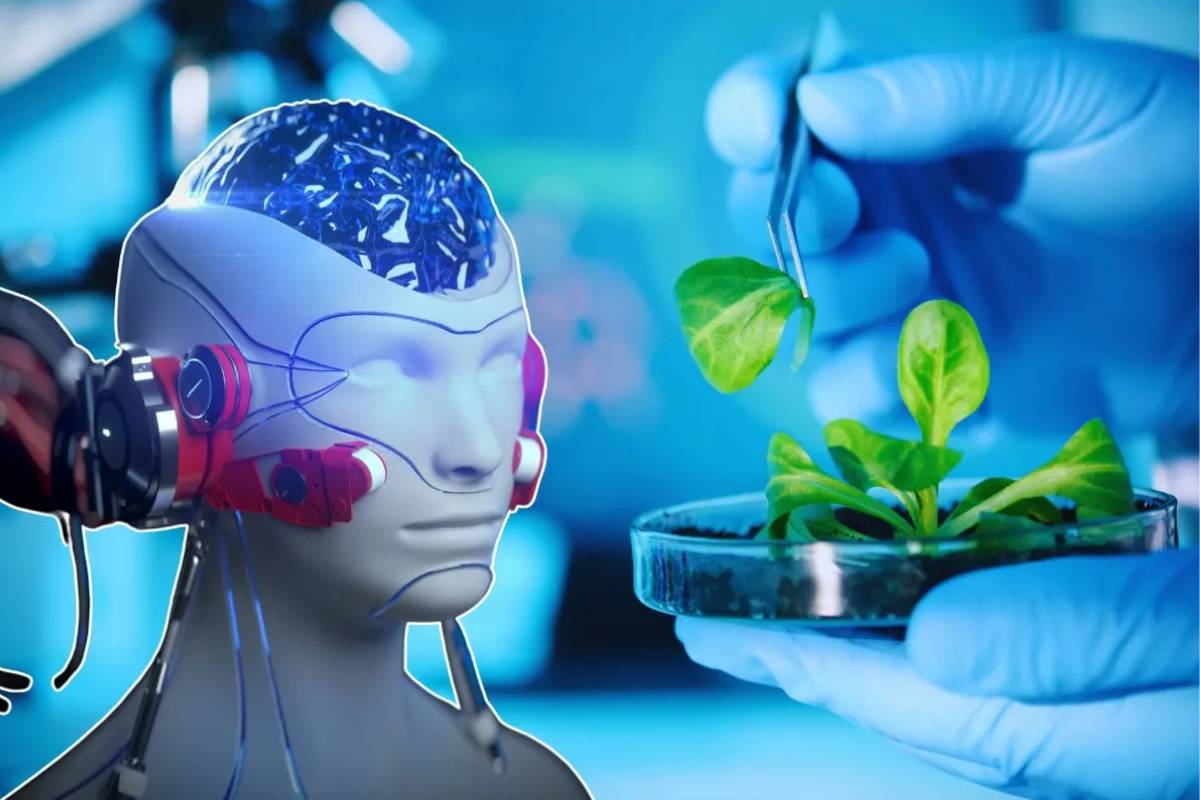For centuries, women’s contributions to technology have often been overlooked. However, visionaries like Ada Lovelace and Fei-Fei Li have made profound impacts on the digital world, breaking barriers and shaping the future of science and technology.
Ada Lovelace (1815-1852)

Often recognized as the first computer programmer, Ada Lovelace played a key role in connecting mathematics with creative imagination. As the daughter of the poet Lord Byron, she inherited her mother Anne Isabella Milbanke’s interest in the sciences, which encouraged her to pursue mathematics and logic. However, Lovelace didn’t view mathematics as a purely technical field—she saw logical reasoning as a form of poetry, coining the term “poetical science”.
Collaborating with Charles Babbage, known as the “father of computers,” Lovelace was fascinated by the concept of the analytical engine, an early prototype of what we now call computers. While Babbage envisioned it mainly as a calculator, Lovelace imagined a machine capable of far more. In her famous “Note G,” she outlined the first algorithm designed to be processed by a machine, making her the first person to conceptualize a computer program.
Lovelace’s foresight extended even further. She predicted, over a century before the digital age, that machines like this could one day handle not just numbers, but also art, music, and complex data—ideas that underpin modern computing.
- Fun fact: Ever heard of the ADA programming language, used in critical safety systems? It’s named in honor of Ada Lovelace!
Fei-Fei Li (1976-)

While Ada Lovelace paved the way for programming, Fei-Fei Li is leading the 21st-century revolution in artificial intelligence (AI). Born in China, Fei-Fei is renowned for one of the greatest breakthroughs in computer vision: the creation of ImageNet, a vast database that has enabled AI to “see” and interpret images.
Before ImageNet, AI struggled with understanding complex images. But this project, which compiled millions of images, transformed computer vision, making possible technologies like facial recognition, self-driving cars, and AI-powered medical diagnostics.
Often called the “godmother of AI”, Fei-Fei is also a passionate advocate for ethical, inclusive AI. She emphasizes the need for diverse and representative datasets to prevent bias and discrimination in AI systems.
As co-founder of AI4ALL, she’s dedicated to making AI education accessible to underrepresented groups, particularly girls and minorities.
Hedy Lamarr (1914-2000)

Hedy Lamarr is often remembered as a glamorous Hollywood star, but her legacy extends far beyond the silver screen. Born Hedwig Eva Maria Kiesler in Austria, she fled a controlling marriage and reinvented herself in the U.S. as both a film icon and an ingenious inventor.
Hedy Lamarr used her inventive genius to tackle the challenges of secure military communications during World War II. She co-invented with George Antheil a technology called frequency hopping (FH), which allowed radio signals to switch frequencies, making them harder to intercept.
Though initially overlooked by the military, her invention later became foundational for modern technologies like Wi-Fi, GPS, and Bluetooth.
Gwynne Shotwell (1963-)

If there’s one person responsible for turning space exploration dreams into reality, it’s Gwynne Shotwell, President and COO of SpaceX. Under her leadership, SpaceX has become a private aerospace giant, redefining space exploration.
When Shotwell joined SpaceX in 2002, the company was still a fledgling, ambitious startup, led by Elon Musk. But it was Shotwell, not Musk, who helped secure some of the company’s most significant NASA contracts.
She played a crucial role in the development of the Falcon 9, the first reusable rocket, which dramatically cut space exploration costs. Under her leadership, SpaceX achieved historic milestones, including the first commercially crewed spaceflight in 2020 and the Crew Dragon mission, which transported astronauts to the International Space Station.
Her future goals include expanding space tourism and advancing plans to colonize Mars.
Grace Hopper (1906-1992)

In the 1940s, Grace Hopper was one of the first women to work with computers, breaking new ground in a male-dominated field. Her most famous achievement was the development of the first compiler, a tool that translates human language into computer code.
Before her invention, programming required intricate knowledge of technical languages. Hopper’s compiler revolutionized this by allowing programmers to write instructions in English, greatly expanding the accessibility of computing.
Hopper also played a crucial role in developing COBOL (COmmon Business-Oriented Language), a business-oriented programming language that used English-like syntax to perform computational tasks, still widely used in various sectors today.
Reshma Saujani (1975-) and the Girls Who Code Initiative

Reshma Saujani is at the forefront of global efforts to increase female participation in technology and computer science. In 2012, she founded Girls Who Code, motivated by the need to close the gender gap in tech and provide girls and young women with the tools to thrive in this field.
The mission of Girls Who Code is clear: to close the gender gap in technology. The organization provides educational programs that teach girls to code, from the basics to advanced levels, across a variety of programming languages.
Since its inception, Girls Who Code has impacted over 500,000 girls worldwide, partnering with tech companies like Google, Microsoft, and X (formerly Twitter).
In addition to her work with Girls Who Code, Saujani advocates for women’s rights in the workplace. She is a vocal supporter of policies that aid working mothers, such as paid maternity leave and better working conditions for women.
Her “Brave, Not Perfect” campaign encourages girls to embrace boldness and courage, challenging societal narratives that expect girls to be perfect, while boys are encouraged to take risks and be daring.
Take Action This Breast Cancer Awareness Month
Breast Cancer Awareness Month is far more than just an annual campaign; it’s a global movement to raise awareness about breast cancer, one of the most prevalent diseases affecting women worldwide.
Since its creation in 1985 in the United States, it has aimed to promote early diagnosis, spread information about prevention and treatment, and raise funds for research efforts in pursuit of a cure. The movement has touched millions of lives and has become one of the most significant public health initiatives in support of women.
Breast Cancer Awareness Month serves as a powerful reminder of women’s strength and resilience—qualities reflected in the journeys of the pioneering women who have transformed the tech world. Just as these trailblazers charted new paths, prevention is a decisive step in the battle against breast cancer.
Remember: your health should be a priority. Early diagnosis is critical for improving breast cancer survival rates. Schedule your mammogram, and don’t ignore your body’s signals.
Seek regular medical advice, and encourage the women around you to do the same. Taking care of yourself is an act of love—prevention can save lives!





